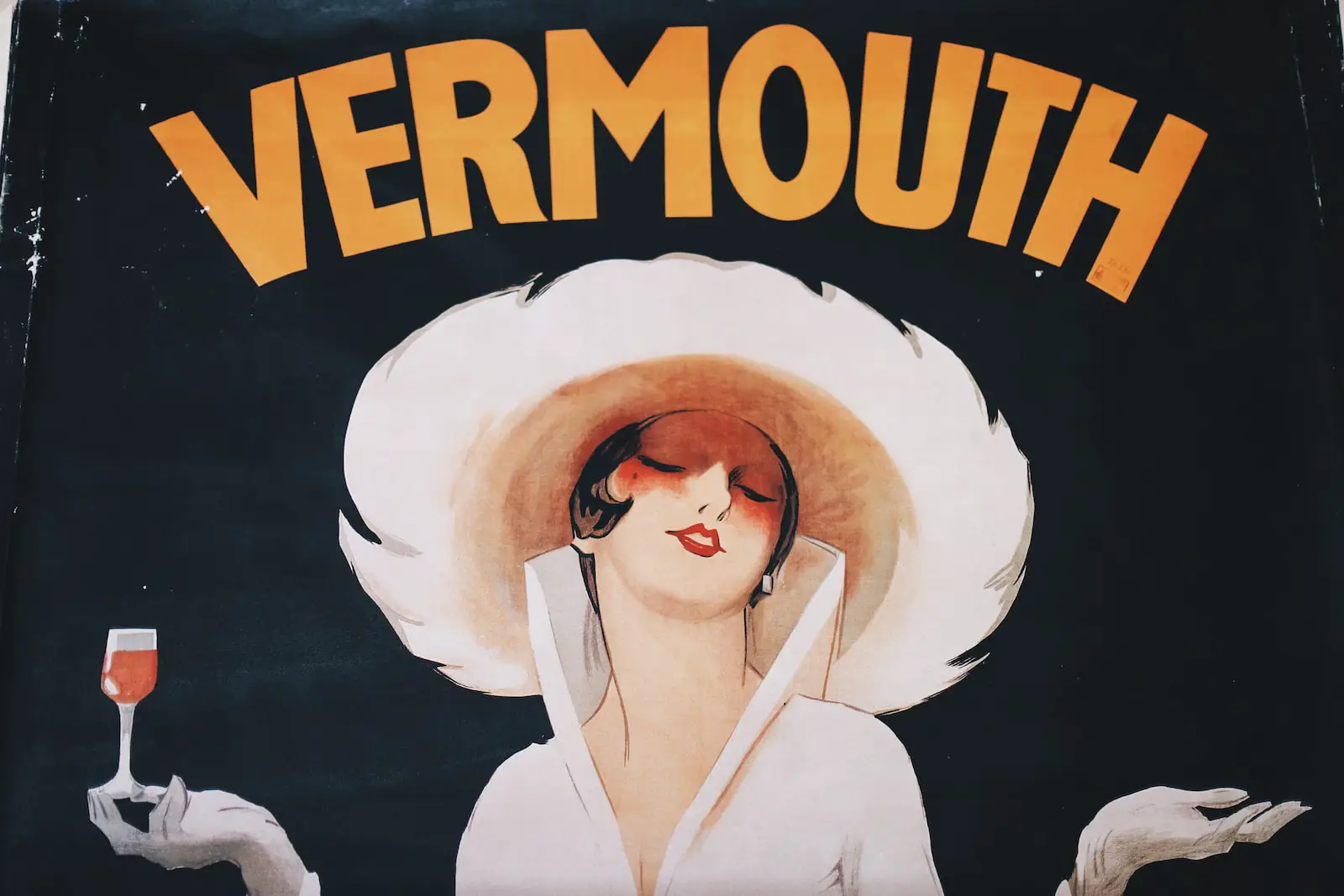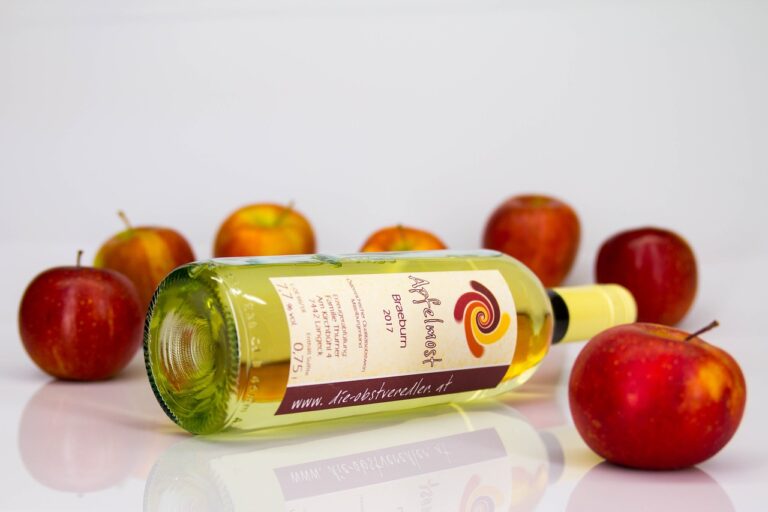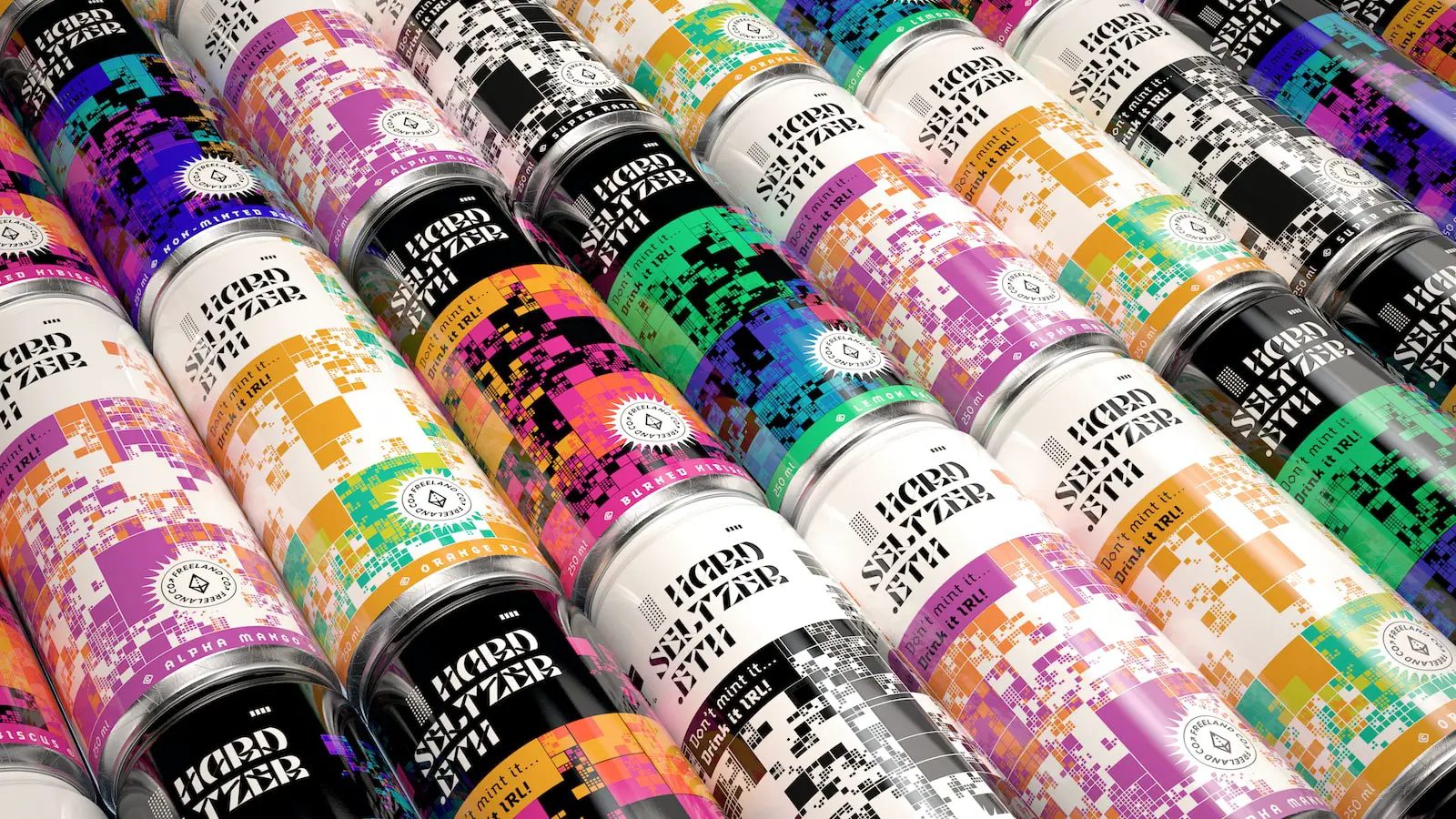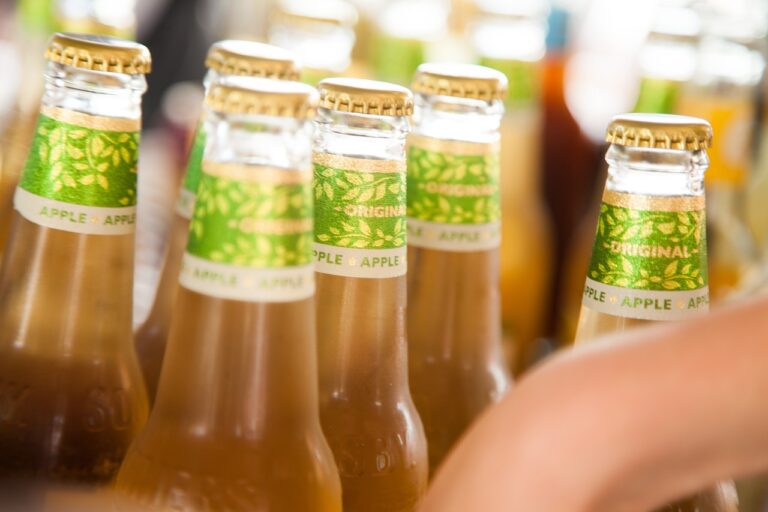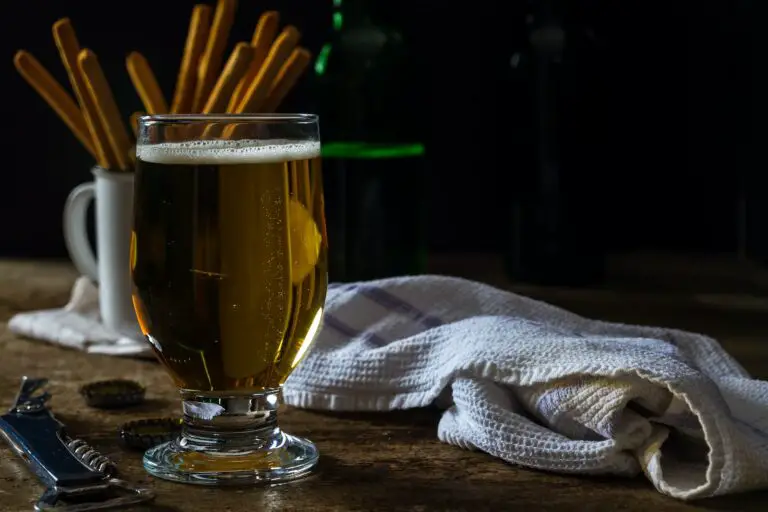If you’ve ever enjoyed a martini, then you know the essential role vermouth plays in the classic cocktail.
But have you ever wondered what exactly is in vermouth? Is it made with yeast? Why does it come in both dry and sweet varieties? If all of this sounds intriguing to you, then pull up a barstool and join us on this exploration of the secrets of vermouth.
We’ll start by answering whether or not vermouth contains yeast.
So, let’s delve into what exactly vermouth is made of and whether yeast plays a role in its production or not.
Alcohol Content and Base Liquor in Vermouth
When it comes to discussing what goes into vermouth, we can’t just focus on the yeast.
There’s also a whole lot of alcohol and base liquor involved—you may already know that vermouth is an alcoholic beverage with around 15-18% ABV (alcohol by volume), but did you know that the base liquor in vermouth is usually white wine?
Vermouth follows a recipe of white wine, brandy, aromatic herbs, and sweeteners, with a subtle hint of yeast to get it started fermenting.
This combination gives vermouth the complex flavor and aroma that you know and love.
It’s why some people prefer to drink it as an aperitif or as a cocktail mixer—the taste is unique and hard to replicate.
The white wine used in vermouth also helps add body and sweetness—without it, vermouth would not be nearly as full-bodied or smooth.
You can even find dry or sweet varieties of vermouth!
Does Vermouth Contain Yeast?
Yes, most vermouth does contain yeast.
It is a major component of the fermentation process, which in turn helps to impart flavor and aroma to the final product.
The type of yeast used can vary depending on the recipe and intended style of the vermouth, with some producers opting for grape-derived yeasts and others for commercially propagated ones.
As mentioned before, in order to create vermouth, producers must first create a base wine.
During this process, both yeasts and bacteria found on the grapes ferment the sugars in the juice into alcohol — so you could say that every glass of vermouth starts with a little bit of yeast action!
Once that’s done, distillers add herbs and spices including nutmeg, cinnamon, cloves, and quinine.
Next comes the blending process where brandy is added to the mix.
At this step, producers might also choose to add some fresh yeast or cultivated yeasts to bring out different flavors (such as those associated with oloroso sherry or chardonnay).
Finally comes aging for anywhere from a few months up to around two years depending on whether dry or sweet vermouth is being made; some producers choose to leave their vermouth un-aged until bottling occurs.
After all this has happened — voila! You have your delicious amber-colored glass of fortified wine.
So, yes: most traditional bottles of vermouth do contain a small amount of yeast as part of their production process.
As you explore more bottles you’ll find variations in production methods but come away with a better appreciation for this classic drink each time you try one!
Types of Yeast Used in Vermouth Production
Well, now we that vermouth does contain yeast.
But there are a few different types of yeasts used in its production:
· Fresh Yeast
Fresh yeast is most commonly used in vermouth production.
It’s a live culture that is added to the wine and helps with fermentation, adding that distinctive flavor and aroma to the finished vermouth.
· Dried Yeast
This type of yeast is made by harvesting the fresh yeast, drying it, and then packing it into small cubes or granules.
It’s more shelf-stable than fresh yeast, but it can take longer to fully ferment the wine into vermouth as a result.
· Distilled Alcohol Yeast
Distilled alcohol yeast is made by taking fresh or dried yeasts and adding them to a base liquid (like cane sugar syrup or diced fruit), and then distilling the liquid until a clear spirit arises.
This type of yeast doesn’t require fermentation time, making it ideal for producing quickly-fermented vermouths like sweet red varieties.
It should be noted that all three varieties have their own unique flavors and aromas that influence their final product, so it’s best to experiment with different varieties when creating homemade vermouths at home.
What Type of Yeast is Used in Vermouth?
Most brands use Saccharomyces cerevisiae, which is a type of brewer’s or baker’s yeast.
This particular strain of yeast helps to transform the sugars into alcohol and carbon dioxide during fermentation.
Moreover, some brands may also use wild yeasts like Brettanomyces bruxellensis or Saccharomyces bayanus for added flavor and complexity.
How Much Alcohol Does Vermouth Contain?
The amount of alcohol in vermouth varies by brand — it can range from 15 – 30% ABV (Alcohol By Volume).
Also, keep in mind that some brands add additional alcohol to increase the ABV after fermentation has occurred.
This will also affect its taste profile and level of sweetness or dryness.
How Long Can Vermouth be Stored After Opening?
Since vermouth contains both preservatives and alcohol, it has a decent shelf life once opened.
Generally speaking, an opened bottle should last for about six months if stored correctly (in a cool, dark place away from direct sunlight).
Conclusion
Vermouth is certainly an interesting drink, with its rich history and a broad range of flavors that can be enjoyed.
Its many secrets, however, remain largely mysterious, leaving the exact composition of its ingredients open to interpretation.
The debate over whether or not vermouth contains yeast remains ongoing, and it’s unlikely to be definitively solved anytime soon.
Some think it does, while others argue it doesn’t.
The reality is, however, that a well-crafted vermouth can be a unique, delicious, and interesting experience, regardless of what’s actually in it.
So, if you’re looking for an intriguingly complex way to end your next dinner party, or just a different drink to enjoy in the evening, why not give vermouth a try? With its unique combination of herbs, spices, and fortified wine, it’s sure to be an enjoyable exploration into one of the many secrets of this timeless classic.

